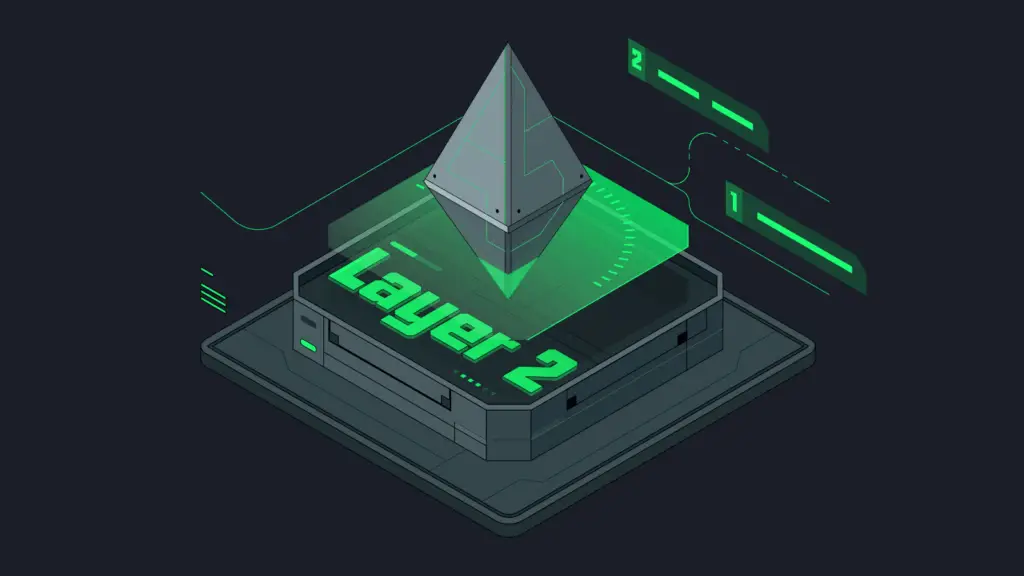Ethereum scalability push continues in full swing, as yet another Layer‑2 (L2) network recently went live—designed to increase throughput, lower fees, and reinforce Ethereum’s position as the go-to platform for next‑gen blockchain apps.
What’s New?
The freshly deployed L2 leverages ZK‑rollup technology, offering bytecode-level compatibility so smart contracts can migrate effortlessly. In early testing, it demonstrated noticeable speed and cost improvements compared to the Ethereum mainnet. Developers already report daily transaction volumes in the low millions during testnet trials.
Technical Highlights
- zkEVM Compatibility: Supports EVM‑style contracts with minimal rewrite effort.
- Faster Block Times: Finality is achieved in seconds, similar to leading L2s like Scroll.
- Fee Efficiency: Average tx fees dropped sharply—estimate: from ~20 gwei on L1 to just a few gwei.
These advances are attributed to enhanced data batching and zero-knowledge proofs, strategies that are becoming industry standards for Ethereum scaling.
Broader Ethereum Ecosystem Context
This launch arrives amid a wave of Ethereum infrastructure innovation:
- Arbitrum’s “Timeboost” upgrade introduced sealed-bid auctions to streamline MEV handling and prioritize time-sensitive txs.
- Kraken’s Ink Network, part of the Optimism Superchain, recently unveiled its native INK token ahead of an expected airdrop and DeFi push.
- JP Morgan chose an Ethereum-based L2 to deploy its new stablecoin, marking a major institutional milestone .
Each of these developments signals growing momentum in the L2 landscape—competing for developer mindshare, capital, and real-world use cases.
Why It Matters
- Alleviates Mainnet Congestion
By diverting volume off Ethereum’s base layer, these emerging L2s help reduce gas prices and improve UX for users. - Strengthens Composability
With zkEVM standards, smart contracts and dApps can move across L2s without rewrites, fostering interoperability. - Builds Trust in Security
Most L2s secure their activity on Ethereum’s PoS consensus, preserving decentralization while offering speed.
That said, scalability is not without its challenges: L1 data capacity constraints remain an issue until upcoming upgrades like Fusaka and expanded blob support are activated.
Final Take
This newly launched L2 represents another notch in Ethereum’s scalability belt—bringing faster, cheaper transactions and expanding ecosystem depth. But for mainstream adoption, it must prove its resilience in production, integrate seamlessly with other chains, and coexist within a balanced L1–L2 environment shaped by upcoming network upgrades. For users and devs, the message is clear: Ethereum’s scaling revolution is accelerating, L2s are no longer fringe, they’re becoming essential infrastructure.






